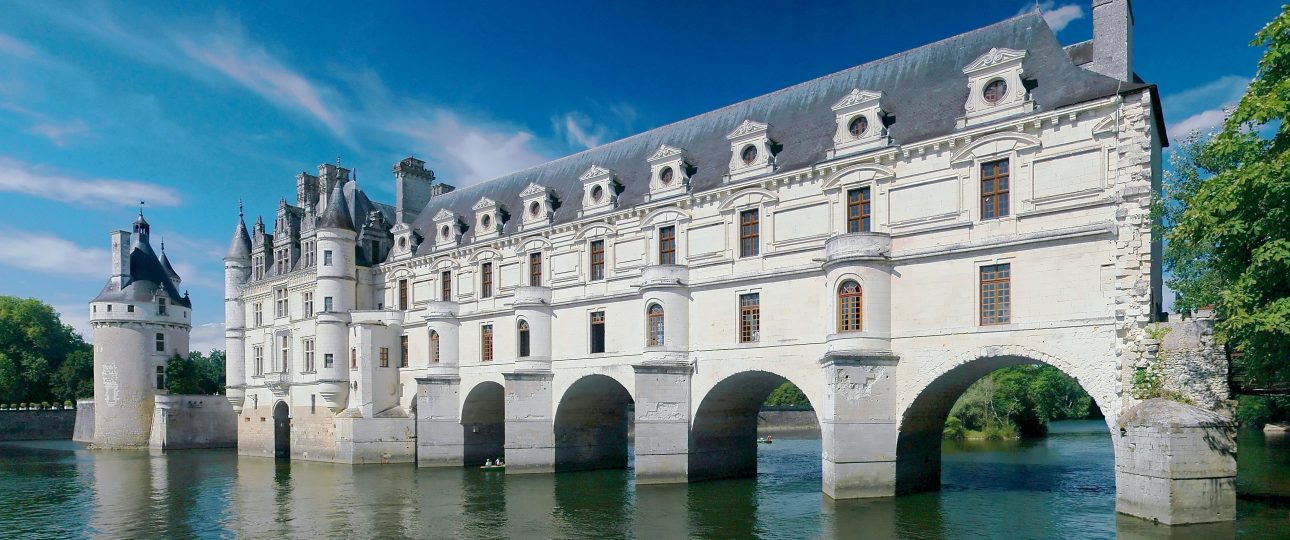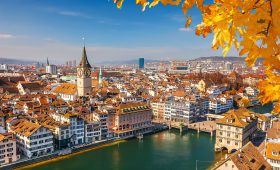Exploring Château de Chenonceau
Château de Chenonceau is a remarkable destination in France’s Loire Valley. Known for its stunning architecture and rich history, it stands as a testament to the influential women who shaped its legacy. Unlike many other châteaux, Chenonceau spans the Cher River, creating a unique blend of nature and architecture.
Architectural and Historical Significance
The château is an architectural mix of late Gothic and early Renaissance styles. It has been a designated Monument historique since 1840 and is one of the most visited châteaux in France, second only to the Royal Palace of Versailles. In 2007, it attracted around 800,000 visitors.
Historical Journey
The site originally belonged to the Marques family in the 13th century. The current château began taking shape in 1513 when Thomas Bohier, Chamberlain to King Charles VIII, purchased the property. His wife, Katherine Briçonnet, oversaw the construction of a new residence between 1515 and 1521, hosting French nobility, including King Francis I.
In 1535, King Francis I seized the château due to unpaid debts. Later, King Henry II gifted it to his mistress, Diane de Poitiers, who commissioned the iconic arched bridge in 1555. After Henry’s death, Catherine de’ Medici took over, adding gardens and hosting France’s first fireworks display in 1560.
Exploring the Château and Gardens
Inside, the château is adorned with intricate tapestries, artwork, and period furniture. Each room offers a glimpse into the lives of its historical residents. The gardens, initially designed by Diane de Poitiers and expanded by Catherine de’ Medici, are a highlight. They feature vibrant flower beds and peaceful pathways, best enjoyed in spring or summer when in full bloom.
Visiting Tips
The ideal time to visit is from April to September when the gardens are most vibrant. Weekdays are less crowded, offering a more serene experience. Be prepared for potential crowds, as it is a popular tourist destination.
Getting There
Château de Chenonceau is accessible from Tours Val de Loire Airport, the nearest major airport. From there, you can rent a car or take a taxi. Alternatively, the Chenonceaux Station is a short walk from the château, making train travel a convenient option.
Local Exploration
Once at the château, exploring on foot is recommended. The surrounding area includes charming villages that offer a taste of local culture. For a more active experience, rent a bicycle and enjoy the picturesque countryside views.
- Located in the Loire Valley, France.
- Spans the Cher River with a unique architectural design.
- Known as “The Ladies’ Castle” due to its historical association with influential women.
- Construction began in the 16th century under Katherine Briçonnet.
- Notable figures include Diane de Poitiers and Catherine de’ Medici.
- Played roles in significant historical events, including the French Revolution and World War II.
- Interiors feature tapestries, artwork, and period furniture.
- Gardens offer a peaceful retreat, best visited in spring or summer.
- Tours Val de Loire Airport is the nearest major airport.
- Chenonceaux Station is the closest train station.
- Exploring on foot or by bicycle is recommended.




